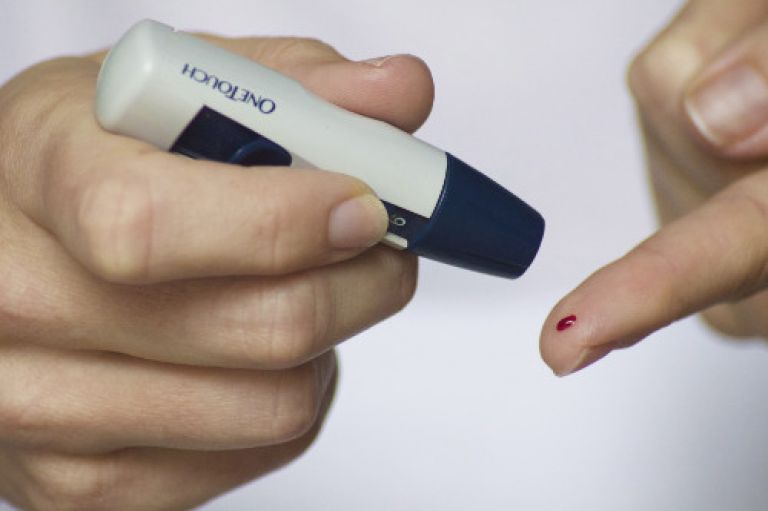By City Press Office (General enquiries), Published
City, University of London and St George’s, University of London have signed an agreement to merge, creating a powerful multi-faculty institution.
The combined university will become one of the largest suppliers of the health workforce in the capital, as well as one of the largest higher education destinations for London students.
This development marks a key milestone for both universities, bringing together each of their strengths to form one world-class institution. It will result in significant advantages in terms of scale, reach, capability, and resilience.
Subject to the necessary regulatory approvals, the merged institution will be called City St George’s, University of London and will begin operating from 1 August 2024 – although full integration will take longer.
The combined institution will be led by Professor Sir Anthony Finkelstein, the current President of City.
In the health sphere St George’s will bring medicine, pharmacology, biomedical science, allied and global health to complement City’s health offering which includes nursing, midwifery, speech and language therapy, optometry, counselling, and psychology. One of very few institutions offering this breadth of expertise, the combined institution will constitute a ‘health powerhouse’ for students, researchers, the NHS and partners.
By combining the reputation of St George’s as a world-leading specialist health university with City’s excellence in a breadth of disciplines including health, business, law, creativity, communications, science and technology, the merger also creates opportunities to generate significant change in the world of healthcare. This includes changes to treatment, population health monitoring, workforce development and leadership, policy, and advocacy.
Professor Sir Anthony Finkelstein, President, City, University of London said:
“City St George’s will assume a role as one of the major London centres for higher education and research, distinctively different from the other member institutions of the University of London.
“We will be uniquely placed to play a key role in resolving one of the greatest societal issues of the day – training and developing the workers and leaders for the NHS and healthcare professions that are so desperately needed.
“City St George’s will be the place for rethinking healthcare for the twenty-first century and will undertake the research to underpin that.
“I am looking forward to leading City St George’s and to working with the remarkable and talented staff, students, and alumni in our combined institution.”
Professor Jenny Higham, Vice-Chancellor, St George’s, University of London said:
"As we move forward with this strategic merger, I am enthusiastic about the tremendous promise our shared vision holds - not just for healthcare and research, but for science, service, and excellence more broadly. By bringing together the strengths of both universities, our common commitment to practice and professionalism will allow City St George's to accomplish great things across many disciplines.
"I look forward to collaborating with Professor Sir Anthony Finkelstein and all our talented staff, students, and alumni as we shape City St George's, University of London into a powerhouse for healthcare education and research."
Sir Patrick Vallance, Former Government Chief Scientific Adviser and St George’s alumnus said:
“I trained as a doctor at St George’s and subsequently joined the staff, teaching, undertaking research in pharmacology and working as a consultant physician in the hospital. St George’s has always been an institution where the medical school and the hospital have been closely joined in the mission to improve health and advance the understanding of and treatment of disease.
“It took a bold decision when it moved from central London to Tooting to meet the needs of the population and it has built an impressive independent profile.
“This latest decision to combine with City and create City St George’s will bring a broad range of allied health professions together with medicine into a single institution and provides an exciting opportunity to train the next generations of medical and health professions in an innovative way and to undertake the research needed to improve patient care.”



